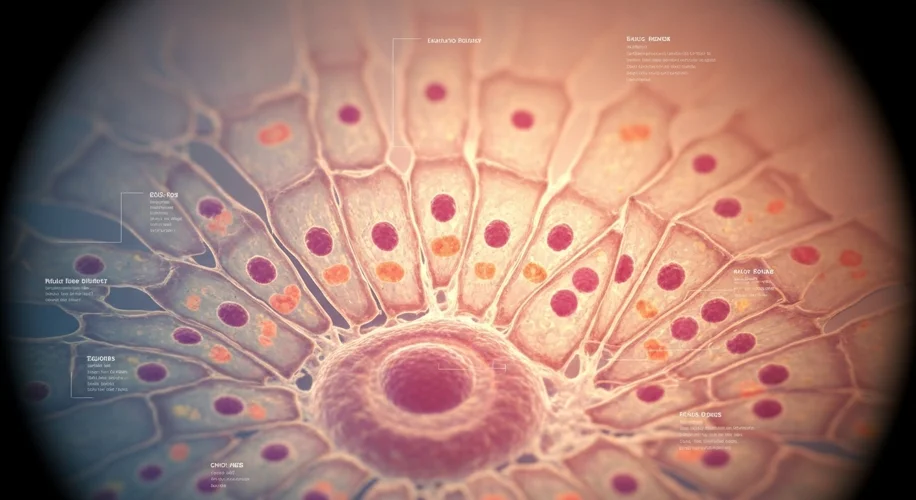Did you know that the journey of life, from a single cell to a complex organism, is one of developmental biology’s most fascinating puzzles? It’s incredibly intricate, and understanding it can feel like trying to solve a cosmic riddle. But what if you could witness a significant chunk of this process, all condensed into a short, visually stunning clip?
Recently, I came across a remarkable video showcasing 52 hours of early development. Watching it was like peeking into the very blueprint of life. This isn’t just about watching cells divide; it’s about witnessing the dawn of complexity, the emergence of form from a seemingly uniform state.
Developmental biology is inherently complex because it deals with the fundamental processes that guide how a single cell, like a fertilized egg, orchestrates a symphony of events to create trillions of specialized cells that form a complete organism. Think about it: every organ, every tissue, every unique feature of a living being starts from this initial spark.
This condensed footage offers a unique perspective. It allows us to grasp the sheer speed and precision involved. Imagine witnessing the initial symmetry being broken, the first folds appearing, and distinct regions beginning to specialize. It’s a dynamic process where cells communicate, migrate, and differentiate, all guided by intricate genetic instructions and environmental cues. It’s a testament to the power of biological programming that unfolds over time.
For me, seeing this accelerated glimpse into early development brings a sense of wonder. It reminds me of the incredible resilience and ingenuity of nature. While my background is in atmospheric science, understanding these foundational biological processes connects to a broader appreciation for the complex systems that govern our planet and the life it sustains.
It’s easy to marvel at a fully formed creature, but truly appreciating life often comes from understanding its beginnings. This kind of visual science can make even the most complicated subjects accessible, sparking curiosity and a deeper respect for the natural world. It’s a powerful reminder of the beautiful, intricate dance that brings life into existence.

